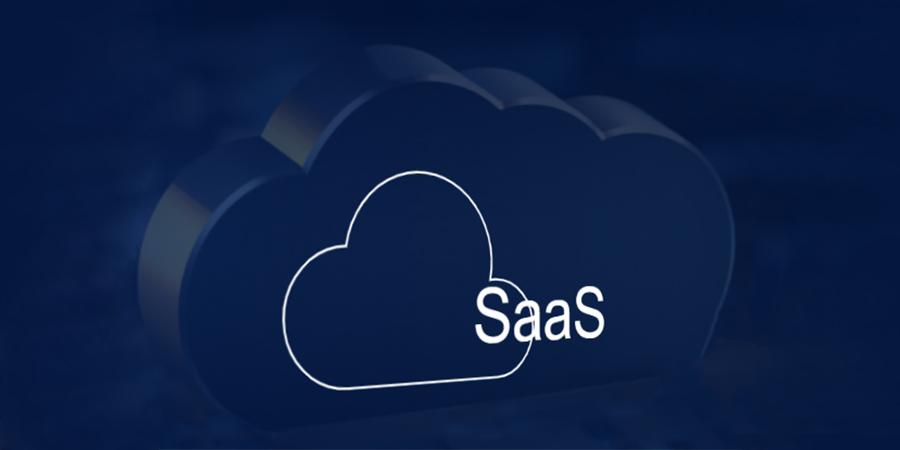Nokia announced two new software-as-service (SaaS) offerings which help communication service providers (CSPs) and enterprises strengthen their energy efficiency efforts and optimize the management of home devices. This is the latest push by Nokia to provide its customers with faster time-to-value in operating their telecom networks and delivering new services.
Using AI, the Nokia analytics virtualization and automation (Nokia AVA) for energy SaaS closely monitors multi-vendor network traffic patterns to reduce connectivity resources during low usage periods. Through constant monitoring of network traffic patterns and making adjustments in real-time, this software tool can realize two- to five-fold energy savings compared to non-AI systems that perform temporary network resource shutdowns based on fixed schedules.
Commercially available today, Nokia AVA for energy SaaS reflects Nokia’s broader commitment to cut emissions by 50% between 2019 and 2030 across its value chain, including its own operations, products in use, logistics, and final assembly supplier factories.
On the other hand, the Nokia home device management SaaS is a vendor-agnostic, automated, secure, and scalable device management platform capable of managing millions of home devices, such as smart home thermostats and connected refrigerators. This new SaaS service enables operators to remotely manage customer premise equipment (CPE), such as residential gateway, 5G fixed wireless access devices, Wi-Fi extenders, and IP set-top boxes.
It is worth noting that Nokia has a leading position in the home device management market, with over 150 million home devices globally that are managed by the company’s software solution.
Hamdy Farid, SVP, business applications at Nokia, said, “The convergence of cloud-native software, hyper-scaler collaboration, and 5G makes the business case for SaaS very compelling. These latest Nokia SaaS services reflect the path Nokia is leading to help our customers accelerate their time to value; reduce complexity; and automate the services lifecycle through software consumed purely on demand.”










